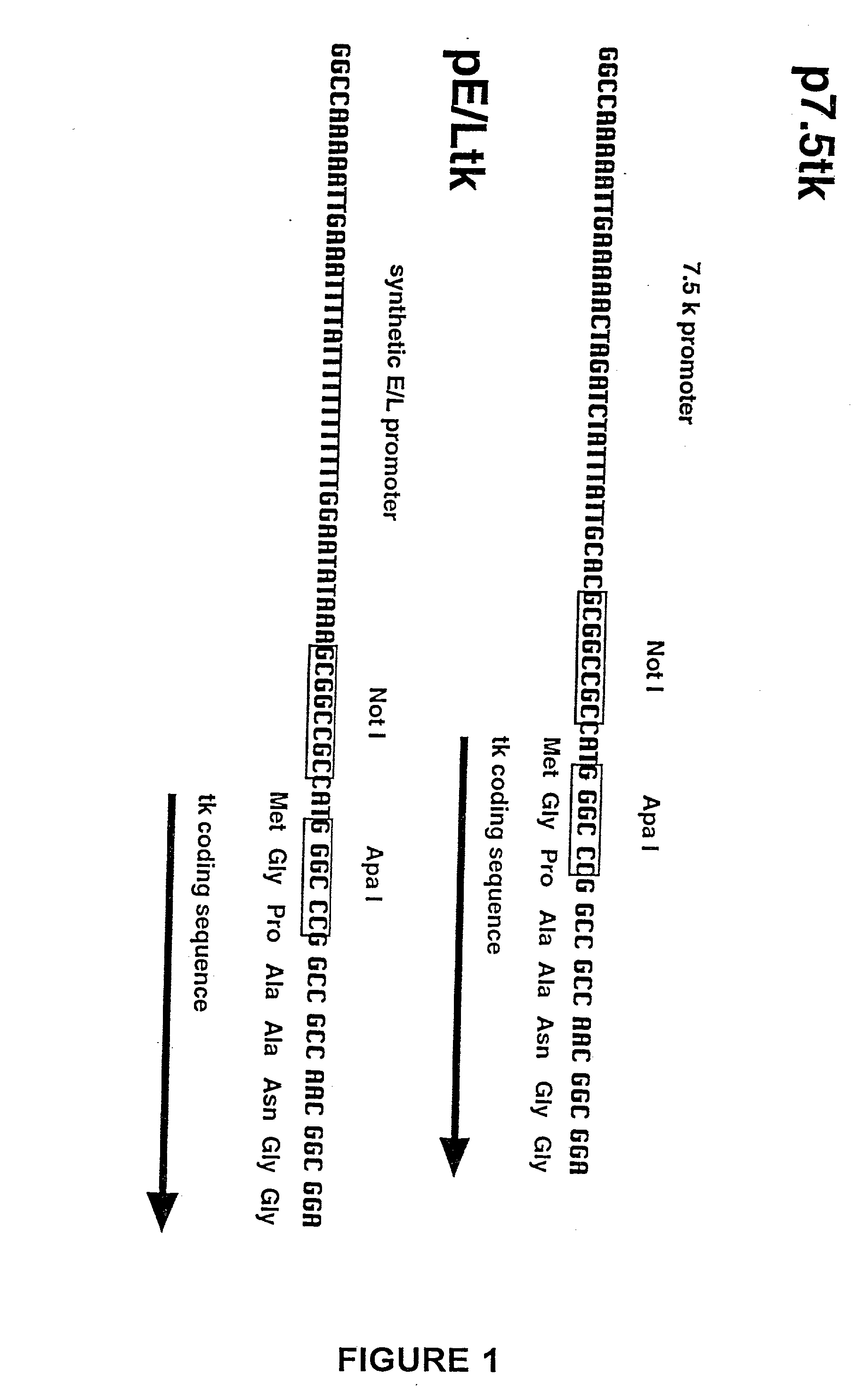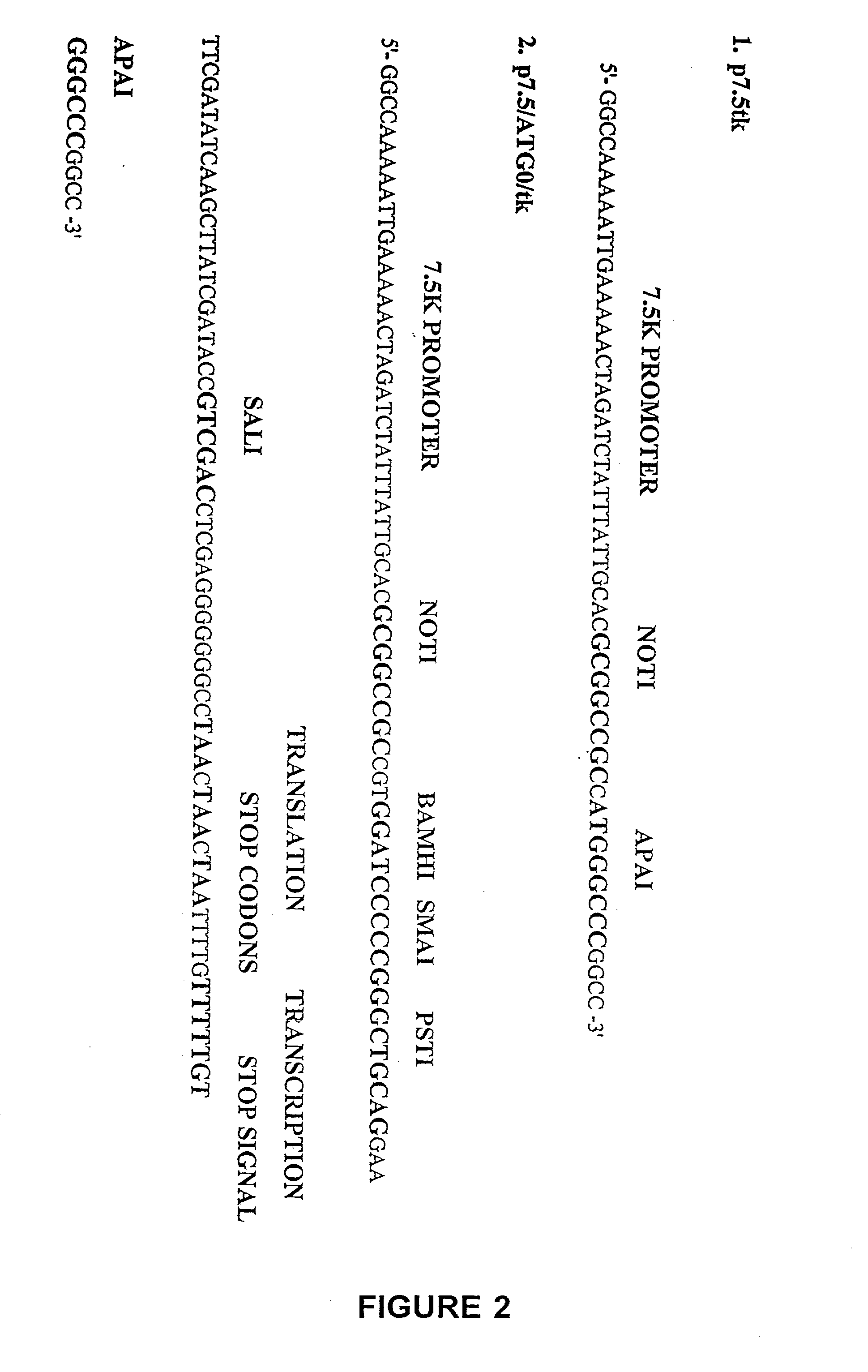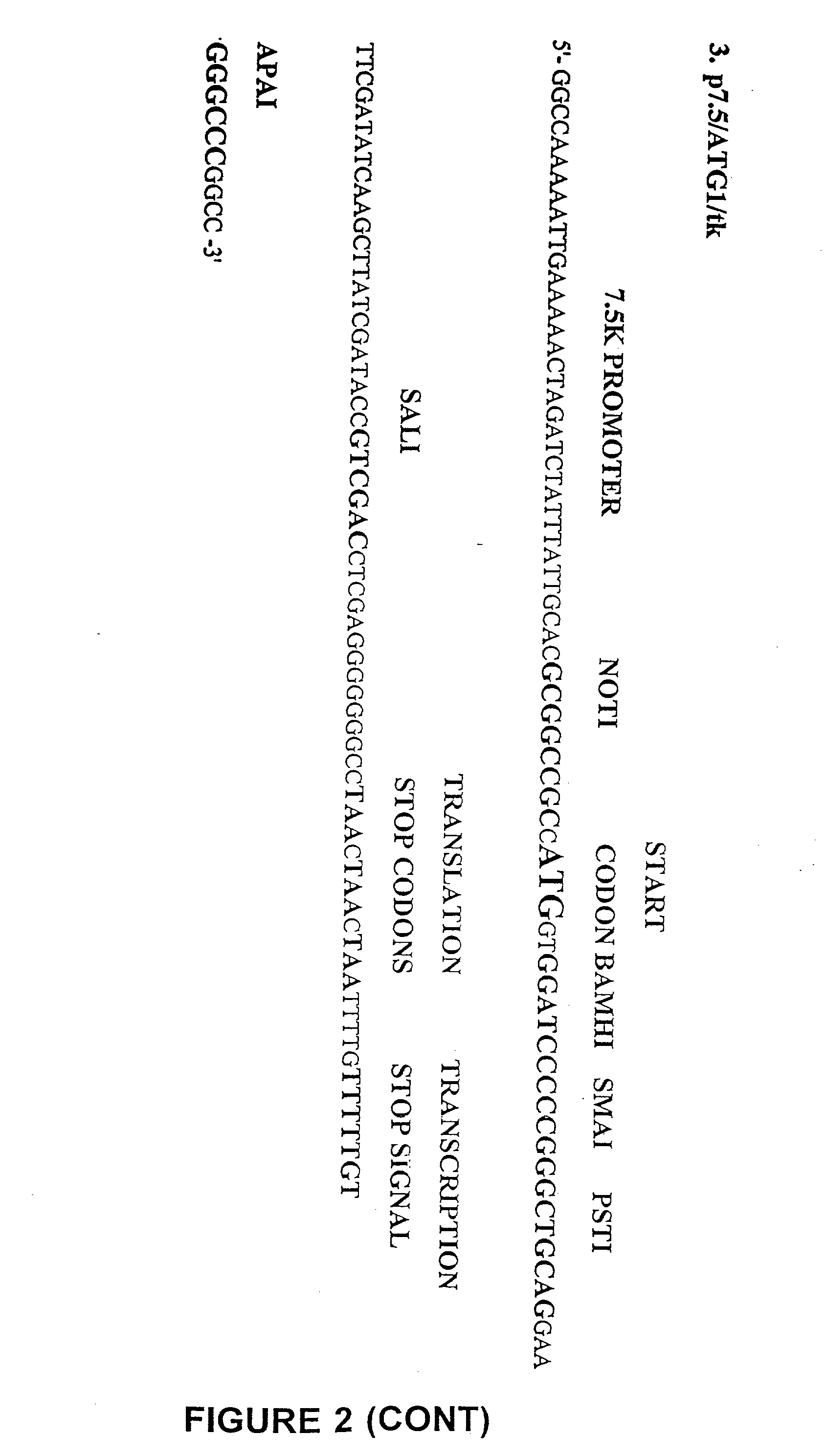T cells specific for target antigens and methods and vaccines based thereon
a technology of t cells and target antigens, applied in the field of t cells specific for target antigens and methods and vaccines based thereon, can solve the problems of reducing false positives, reducing the resolution of false positives, and achieving limited success
- Summary
- Abstract
- Description
- Claims
- Application Information
AI Technical Summary
Benefits of technology
Problems solved by technology
Method used
Image
Examples
Embodiment Construction
[0037] The present invention relates to methods for the identification of target antigens recognized by CTLs, and the use of such antigens in immunogenic compositions or vaccines to induce a cell-mediated immune response against cells which express the target antigens.
[0038] In one embodiment of the invention, tumor-specific CTLs generated in animals are used to screen expression libraries generated from tumor cell DNA, RNA or cDNA to identify reactive target antigens. To this end, animals tolerized with a non-tumorigenic human cell line are immunized with tumor cells derived from the non-tumorigenic cell line. The resulting CTLs, which are tumor-specific and not cross-reactive with normal cells, can be used to screen expression libraries constructed from tumor-cell derived DNA, RNA or cDNA. Clones so identified in the library encode target antigens which are candidates for the immunogenic compositions and vaccines of the invention. Improved and modified vaccinia virus vectors for e...
PUM
| Property | Measurement | Unit |
|---|---|---|
| temperature | aaaaa | aaaaa |
| time | aaaaa | aaaaa |
| volume | aaaaa | aaaaa |
Abstract
Description
Claims
Application Information
 Login to View More
Login to View More - R&D
- Intellectual Property
- Life Sciences
- Materials
- Tech Scout
- Unparalleled Data Quality
- Higher Quality Content
- 60% Fewer Hallucinations
Browse by: Latest US Patents, China's latest patents, Technical Efficacy Thesaurus, Application Domain, Technology Topic, Popular Technical Reports.
© 2025 PatSnap. All rights reserved.Legal|Privacy policy|Modern Slavery Act Transparency Statement|Sitemap|About US| Contact US: help@patsnap.com



